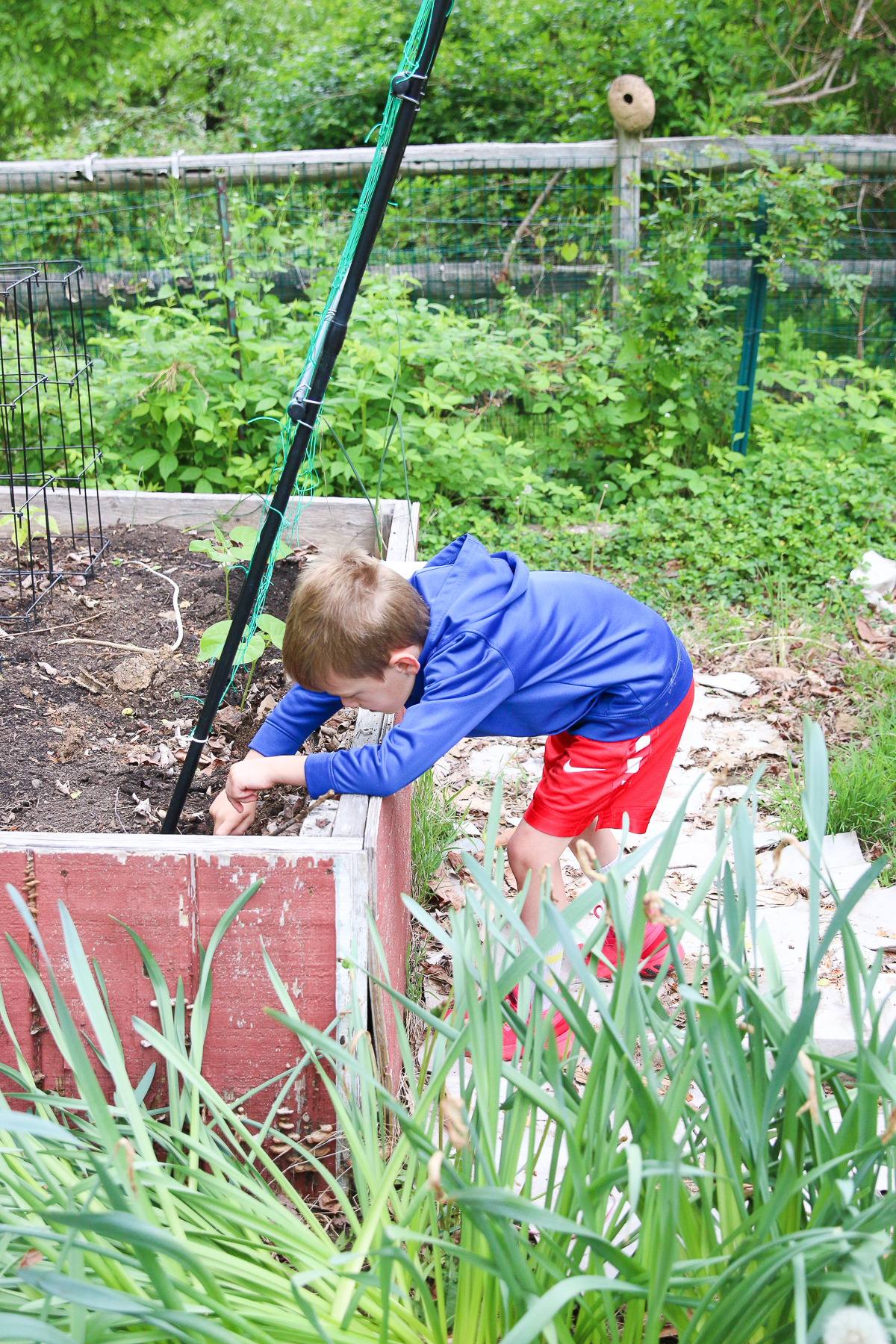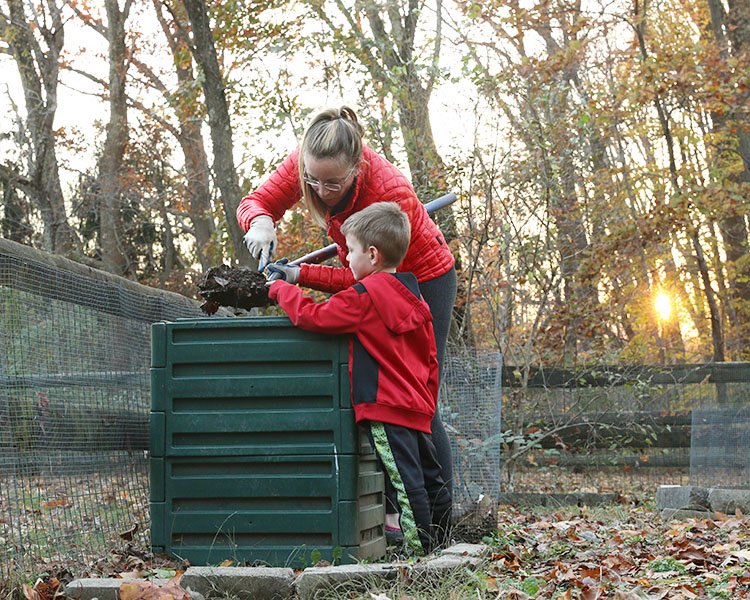How To Create A Certified Wildlife Habitat Yard or Garden
Ready to support biodiversity and protect native habitats for your community? Make your yard or green space a certified wildlife habitat. Read on to learn more about how to create a certified wildlife habitat in your community.

So this is the summer; the summer of native perennials filling up our garden beds. After a few seasons of growing and harvesting vegetables and planting berry bushes in our garden, this was finally the year I decided to turn our yard into a Certified Wildlife Habitat®.
I’ve been making small changes to our yard for the last few years to create more regenerative spaces. I’ve added compost to our raised garden beds, stopped using synthetic fertilizer on our lawn, and canceled our mosquito spray service, among other things. But thus far, most of the changes have been pretty small.
After tiring of the annual vegetable sowing and harvesting habit last fall, I decided over the winter to take a break from planting annuals. Other parts of our yard were beginning to get a bit messy due to a lack of attention. Those areas needed some love, and I decided to give them love in the form of native plants to create more habitats for pollinators and other native species.


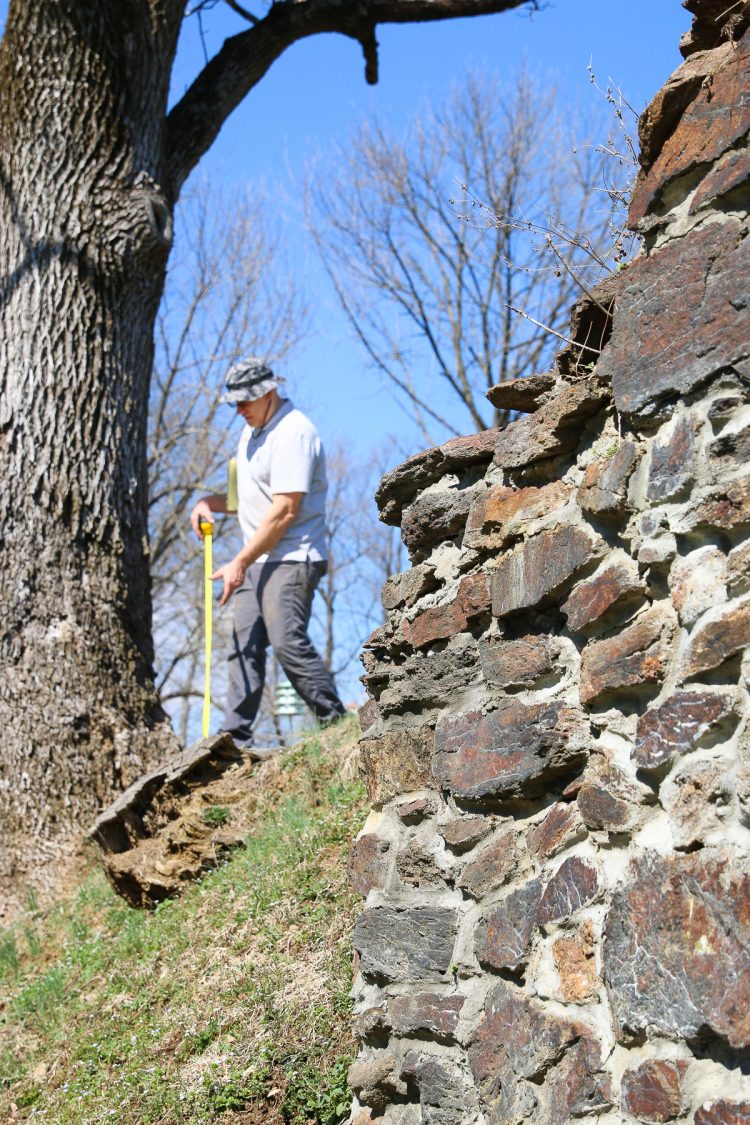
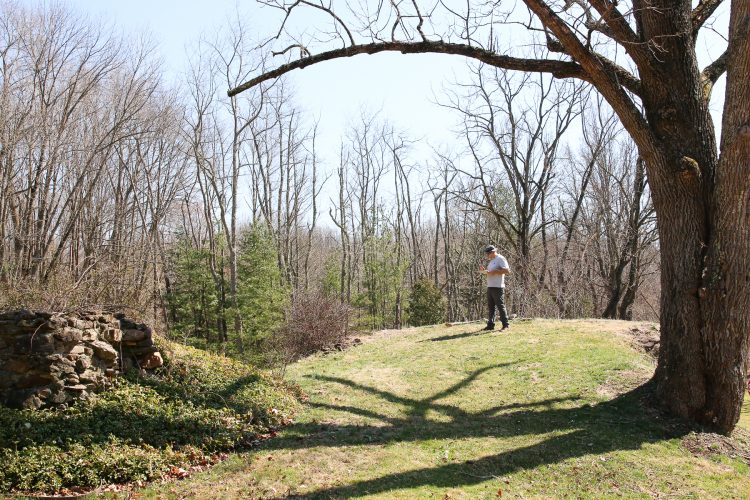
Hiring a Professional Native Plant Landscaping Company
Having neither the time nor the interest in figuring it all out myself, I hired Soil Shepherds (they were awesome!), a local landscaping company that specializes in native plants and regenerative landscaping practices, to help me transform some of the spaces and beds in our yard. After a couple of phone calls and a consultation visit to our property, we agreed on some design plans to start the process of transitioning our large yard to a native plant haven.
We didn’t have an endless budget, so we prioritized a few spaces in our yard that felt easiest to tackle and also offered the biggest bang for our buck. In due time, we can hopefully update other areas of our relatively large yard. But for now, I was happy to start small, learn more about which native species grew well in our community (and didn’t get devoured by deer!), and transition our yard over time.




What is a Certified Wildlife Habitat?
A Certified Wildlife Habitat is a garden designed to be a haven for local birds, butterflies, and other wildlife. These wildlife gardens, which are great for healthy ecosystems, offer food, water, cover, and places to raise young for a variety of native species. They are also managed using sustainable practices. And you can create one in your own yard today!

How To Become a Certified Wildlife Habitat
Creating a Certified Wildlife Habitat is quite simple. The National Wildlife Foundation has guidelines on its website. Once you meet those guidelines, you can apply for certification online and then purchase a sign to show off your environmental accomplishment. It took just a few minutes to complete the application once we met all the qualifications.
Generally, the Certified Wildlife Habitat guidelines from the National Wildlife Foundation require providing food, shelter, water, and items from a few other categories suitable for native species throughout your space. In each category, there are several options to meet the requirements, so we only needed to check off some of the items from each group before registering our property and ordering our sign to showcase our commitment to a healthy local ecosystem.
While it’s not required, I chose to place our sign in a prominent location at the end of our driveway next to our mailbox. Who knows… maybe some of our neighbors might see the sign and be inspired to follow suit.
Although we used a native plant landscaping specialist to get started on adding more native plants to our yard (mostly because I was not interested in doing the research and plant sourcing myself), you can definitely do this on your own. It’s not hard if you have the time and interest.



How We Met The Certified Wildlife Habitat Requirements
While Soil Shepherds tackled the larger task of choosing and installing native plant landscaping, I downloaded the Certified Wildlife Habitat checklist. As it turns out, we didn’t really need to add a lot to what we already had in our yard. It helps that we live in a wooded area that naturally has plenty of nooks, crannies, and food sources for a variety of animals.
The certification guidelines have several categories and multiple options to meet the requirements of each category. Here is an image of the Certified Wildlife Habitat checklist where you can see the options for meeting each requirement.

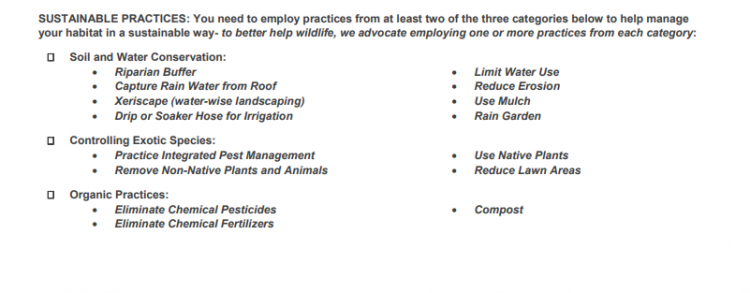

Food
We have tons of trees, berry bushes (wild and cultivated), and fruit trees in our yard. In addition to wild wine berries and wild strawberries, we’ve planted blueberries, blackberries, raspberries, strawberries, a peach tree, and two apple trees in our yard over the last five years.
We also have tons of pollen, much to the dismay of our efforts to keep our outdoor furniture clean and my husband’s and son’s allergies. Because of all the natural food sources in our yard, we didn’t need to add any feeders for this criteria.

Water
We did not have any natural water sources like streams or ponds in our yard, so I needed to buy a couple of small bird baths to create water sources for animals. I didn’t want anything too fancy or large. I first searched Facebook Marketplace but couldn’t find anything quite right that was secondhand in my area.
Etsy, however, had lots of really great options. I found these two hanging bird baths that were perfect for the unused hooks flanking the entrance to our garden. I also found this really neat standing bird bath. Unfortunately, I tried to push it into our hard soil and broke the pole, so I need to glue it back together and take another crack at finding a good home for it.
Despite my bad luck with the standing bird bath, I’d recommend both of them. They are of great quality, the sellers were easy and quick to send the products, and they arrived exactly as expected.
Cover
Because we live in a wooded area, we have lots of brush, log piles, dense shrubs and thickets, and plenty of spaces to find cover for animals of all sizes from bees and insects to fox and deer. Thus, this was an easy criterium for us to meet.
If you don’t have these types of spaces in your yard naturally, you could create a brush or log pile pretty easily in the back corner of your yard. Ground cover, like clover, pachysandra, or periwinkle could be great options as well. Depending on the climate where you live, you could also plant an evergreen tree or two which are great to have year-round.

Places To Raise Young
Many of the spaces we have in our yard that provide cover also double as places to raise young like mature trees, dead trees, and dense shrubs or thickets. We don’t have them yet, but I’m also planning to add milkweed to our yard next year, which will be a host plant for caterpillars.

Sustainable Practices
Over the last couple of years, we’ve gradually moved toward more sustainable practices for managing our yard. We now have more wildlife, more clover cover on our lawn, and lots of native plants throughout the managed beds. I’m not sure my Roundup-loving neighbor loves our clover and dandelions in the spring, but I don’t care. I don’t love his Roundup, and we’ve learned to live cordially as neighbors.
Soil & Water Conservation | We compost and use lots of mulch to reduce erosion. We limit water use (mostly because I’m too lazy to water the plants unless it’s absolutely necessary). It helps that we live in an area that generally gets sufficient rain. But landscaping with native plants requires less water by design.
I’d love to add a rain barrel to capture water from our roof. When I’m ready to install that, I’ll be reaching out to my friend Jess who already did this at her house for some guidance (and some help). She’s got all the tools… and we have basically none.
Controlling Exotic Species | We use lots of native plants in our yard. Because we live on two acres, we’re able to have some lawn area for the boys to play sports while still having nearly an acre of wooded space.
However, the guidelines don’t require all of your yard to be lawn-free. You can contain your Certified Wildlife Habitat to a certain portion of your yard. Every little bit helps rebuild our ecosystems.
The invasive plants in our yard are intense and love to get mixed into the ecosystem, but we do our best to take them out when we can. Sometimes it feels like a never-ending cycle of managing them, but as we add more native plants throughout our yard, they should choke out a lot of the invasive species (with some help from us).
Organic Practices | We use compost and use no chemical pesticides or fertilizers. A few years ago, we used them. But as we’ve used them less, I actually think we need them less too (which is exactly how nature is supposed to work). When we give nature some love and space to thrive, it’s amazing how well it takes care of itself.

The Importance of Citizen Science
Certified Wildlife Habitats contribute to citizen science. Citizen science is the practice of everyday people observing, recording, and reporting scientific information and data to research communities and organizations.
While likely not as precise as research performed by professional scientists, citizen science can provide significant volumes of data that individual researchers or groups could not obtain through their own projects. It’s a really affordable way to collect massive amounts of data over large geographic areas. After being normalized, it can provide statistically significant information to researchers.
Citizen science is also a wonderful way to engage community members in important initiatives. With respect to the protection of pollinators and healthy ecosystems, asking citizens to certify their private spaces as healthy and robust ecosystems helps motivate and engage large groups of people in important initiatives like protecting the environmental health of our communities.
Furthermore, donning a small sign in your yard to celebrate your Certified Wildlife Habitat is a great conversation starter to encourage neighbors, family, and friends to follow your environmental lead and create welcoming spaces for native species in their own yards and gardens.
Have you created a Certified Wildlife Habitat in your yard? I’d love to hear how you did it and how many lovely pollinators it brought to your green space.
If You Like Certified Wildlife Habitats, You Might Also Like
8 Resources To Better Understand Regenerative Living and Gardening
4 Easy Ways To Build Your Regenerative Garden
6 Signs A Regenerative Garden is Thriving


Jen Panaro
Jen Panaro, founder and editor-in-chief of Honestly Modern, is a self-proclaimed composting nerd and advocate for sustainable living for modern families. To find her latest work, subscribe to her newsletter, Stepping Stones.
In her spare time, she’s a serial library book borrower, a messy gardener, and a mom of two boys who spends a lot of time in hockey rinks and on baseball fields.
You can find more of her work at Raising Global Kidizens, an online space to help parents and caregivers raise the next generation of responsible global citizens.

